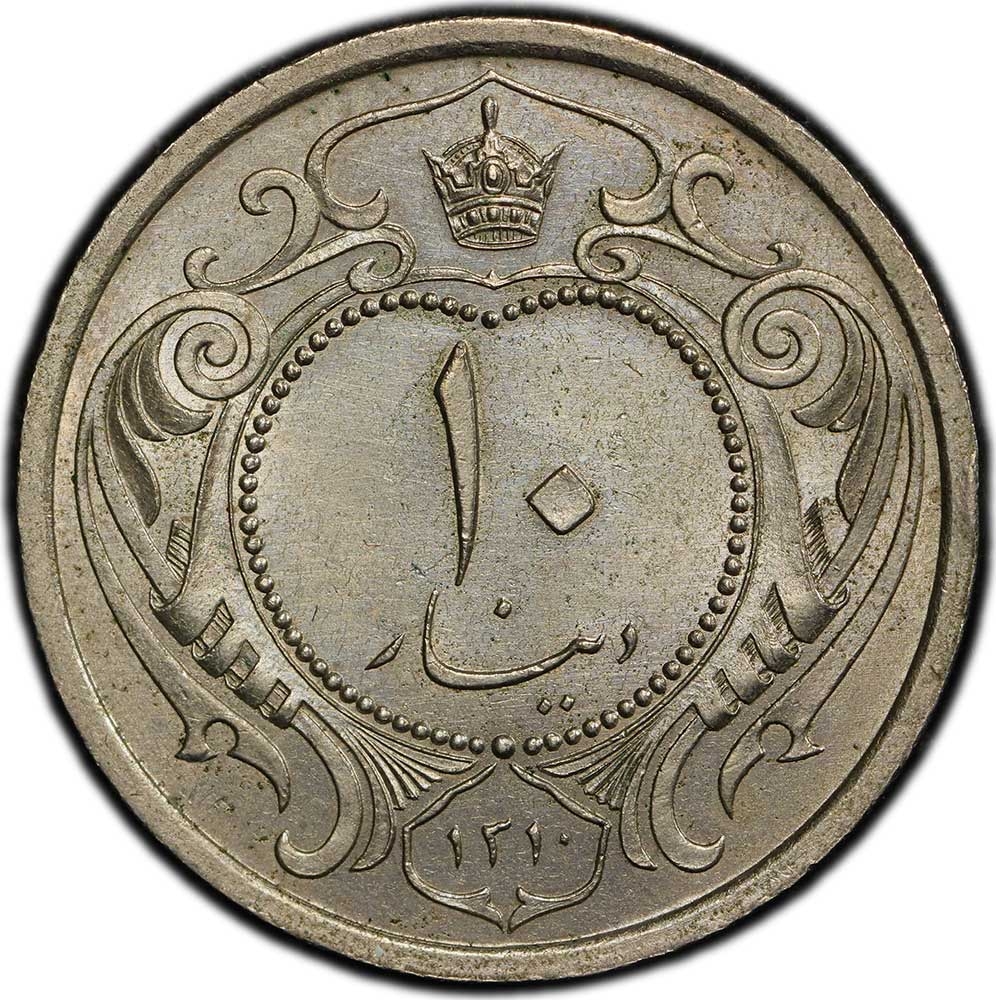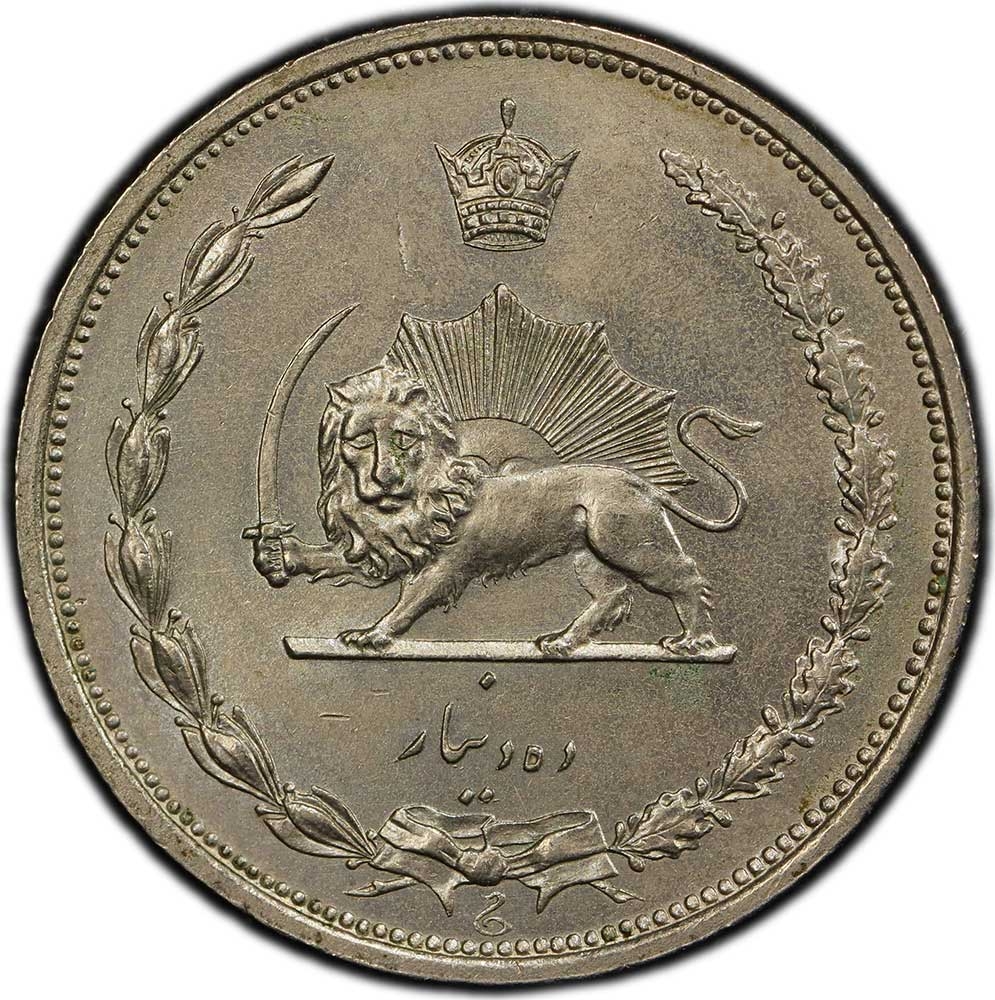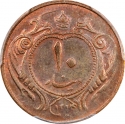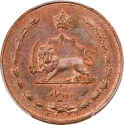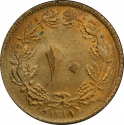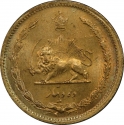You are about to finish your registration. Please check your mailbox (including spam folder). There should be a letter with a confirmation link. Check setting to make sure that your e-mail address is correct.
Send letter againDescription
Reza Shah Pahlavi (1878–1944) was the founder of the Pahlavi dynasty and ruled Iran as Shah from 1925 to 1941. A former military officer, he seized power in a coup in 1921 and later modernized Iran through ambitious reforms in infrastructure, education, and the military. He sought to reduce foreign influence, particularly from Britain and the Soviet Union, and changed Persia’s name to Iran in 1935. However, his authoritarian rule and pro-German stance during World War II led to his forced abdication by the Allies in 1941, after which he was exiled to South Africa, where he died in 1944.
Obverse

|
Depicts a value in Persian within a beaded circle surrounded by a crowned Persian ornaments. Date below in Solar Hejira (SH). ۱۰ |
|---|---|
Reverse

|
Depicts an Emblem of the Imperial State of Iran (radiant lion holding sword, 1932-1980) within a crowned laurel and oak wreath with ribbon below. Value in Persian below. ده دینار |
| Edge |
Characteristics
| Material | Cupronickel |
| Weight | 4 g |
| Diameter | 21 mm |
| Thickness | - |
| Shape |
|
| Alignment | Coin |
| Mint |
Tehran Mint
|
